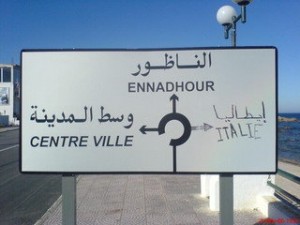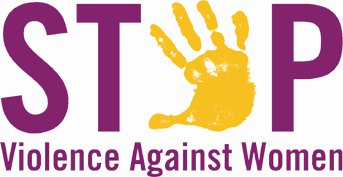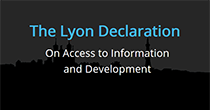
Courtesy of UN.org and DC
The famous comic book character, Amazonian princess, fighter of evildoers, and undisputed role model Wonder Woman turns 75 on Friday, October 21st. In conjunction with the 70th birthday of the United Nations on October 24th and in an effort to meet its sustainable development goals (Goal 5 of the United Nations’ Sustainable Development Goals, “Achieve gender equality and empower all women and girls”), Wonder Woman will be named an honorary ambassador for the empowerment of women and girls for gender equality.
In many ways, her appointment makes sense. “Wonder Woman is the epitome of the woman who needs a man the way a fish needs a bicycle…She is self-sufficient and strong and fights for equality and justice” (Friedman, 2016). She is a model for female independence. Framing the designation as powerful, inspiring and bold, DC and the WB are promoting this campaign with the new hashtag #WithWonderWoman — notably similar to a certain presidential campaign slogan, #I’mWithHer.
However, her appointment is not entirely without controversy. In our particular political and social climate, some see this famous super hero as a scantily clad women, encouraging male fantasies of hyper-sexuality. Additionally, her sexual orientation is provocative to some parties. Protests are looming with some arguing that Wonder Woman’s outfit destroys the headway the women’s rights movement has made in looking beyond a woman’s body and clothing for her value as a human being. But, as Vanessa Friedman of the New York Times notes, Wonder Woman is inseparable from her clothing. It represents everything that is special about her, in addition to encouraging women to dress in whatever way that makes them feel comfortable, special, and empowered; whether than be in a sackcloth, loose jeans and button-up shirts, or a tight leather corset with a flowing skirt and combat boots.
“She may not be using her sexuality as a weapon (She has bracelets and gold lasso for that), but it’s nonetheless making a statement”
-Vanessa Friedman, NY Times, 2016
When asked how Wonder Woman would be portrayed as an ambassador, Nicola Scott, the artist behind the most current incarnation of Wonder Woman, noted, “the goal was to create a noble and strong look, while still maintaining Wonder Woman’s approachability and global appeal. While her look is contentious, her reputation and empowering persona still shine bright for all to see.” (Friedman, 2016)
Sources:
Canna, Michael. “Wonder Woman is named honorary U.N. ambassador. But not everyone is happy about it.” The Washington Post, 21 October, 2016. https://www.washingtonpost.com/news/comic-riffs/wp/2016/10/21/wonder-woman-is-named-an-honorary-u-n-ambassador-but-not-everyone-is-happy-about-it/
Friedman, Vanessa. “Is it Time for Wonder Woman to Hang Up Her Bathing Suit?” The New York Times, 20 October, 2016. http://www.nytimes.com/2016/10/20/fashion/wonder-woman-75-un-honorary-ambassador-fashion.html?_r=0
The United Nations. Stand Up for the Empowerment of Women and Girls Everywhere. Accessed 21 October, 2016. http://www.un.org/sustainabledevelopment/wonderwoman/
Books:
Cole, William. 1956. Women are wonderful! A history in cartoons of a hundred years with America’s most controversial figure. Boston: Houghton Mifflin.
Inness, Sherrie A. 1999. Taught girls: women warriors and wonder women in popular culture. Philadelphia: University of Pennsylvania Press.
Robinson, Lillian S. 2004. Wonder women: feminism and superheroes. New York: Rutledge.
Spar, Debora L. 2013. Wonder women: sex, power, and the quest for perfection. New York: Sarah Crichton Books.
Articles:
Avery-Natalie, Edward. 2013. “An Analysis of Embodiment Among Six Superheroes in DC Comics.” Social Thought & Research 32, 71-106.Howell, Charlotte E. 2015. “‘Tricky’ Connotations: Wonder Woman As DC’s Brand Disruptor.” Cinema Journal 55, no. 1: 141-149.
Crossette, Barbara. “In 2016, The UN Will be Transformed. Will that be Enough to Bring it Back to Life?.” Nation 302, no. 2/3 (January 11, 2016): 12-17.
Pennell, Hillary, and Elizabeth Behm-Morawitz. 2015. “The Empowering (Super) Heroine? The Effects of Sexualized Female Characters in Superhero Films on Women.” Sex Roles 72, no. 5-6: 211-220.







